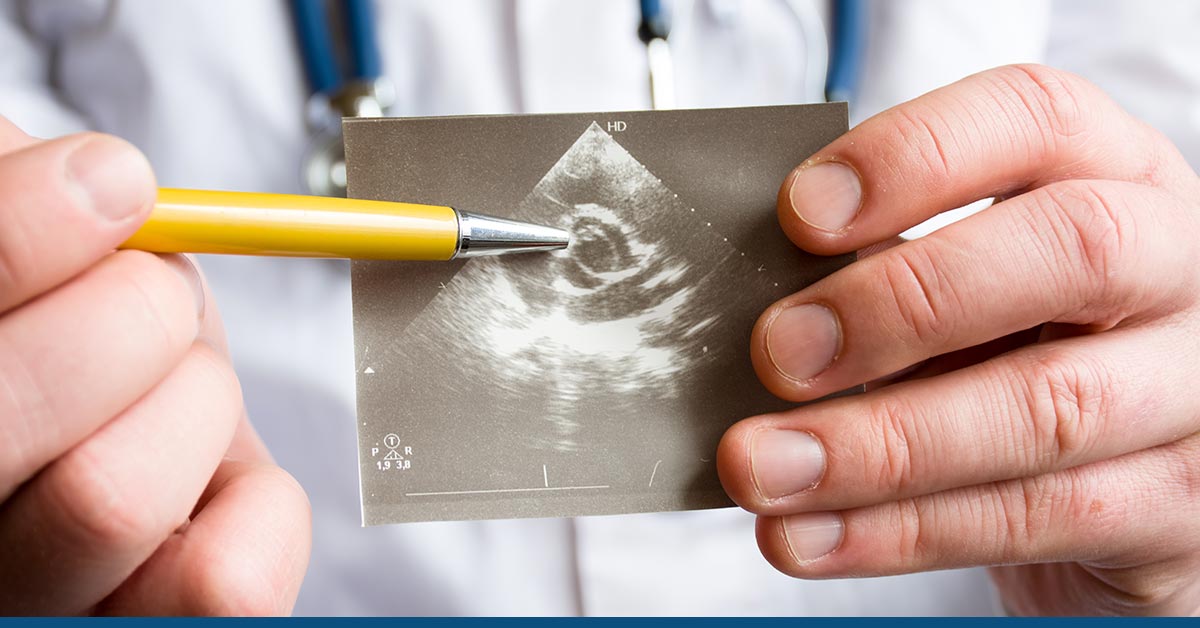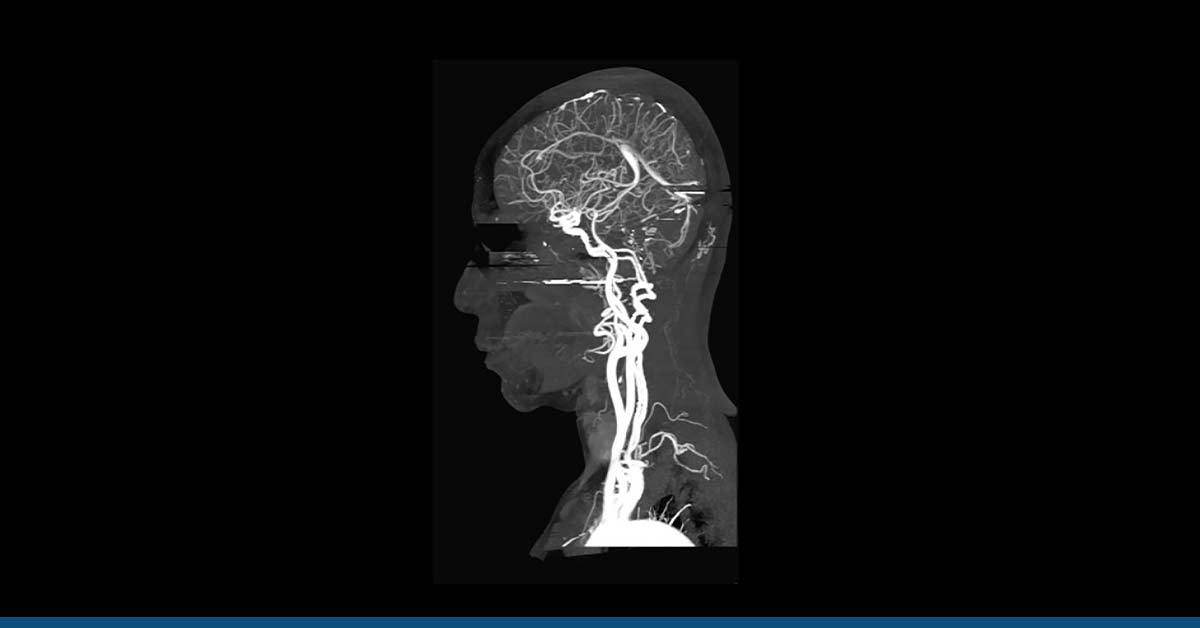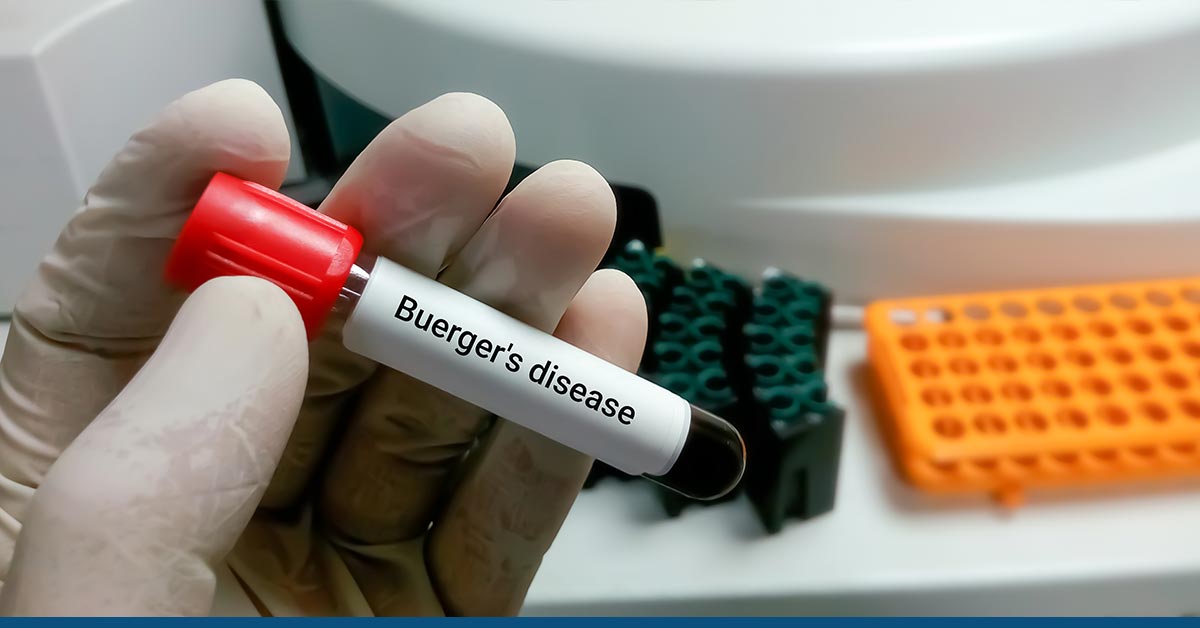The thyroid is one of the glands in the body that helps ensure the proper functioning of other organs. This endocrine gland at the base of the neck produces hormones that regulate the individual’s growth, development, and energy utilization.
If this gland does not function properly, it can cause various difficulties and symptoms. The thyroid gland produces the hormones T4 (thyroxine) and T3, which regulate various processes involved in metabolism.
The thyroid consists of cells known as follicular cells. These cells utilize iodine from the blood to produce hormones. These hormones interact with their receptors in a particular manner (located inside the nucleus of the cells). Numerous organs contain these receptors, which, when activated, trigger events that alter how the body uses energy.
The normal thyroid gland size may differ depending on how active and healthy a person is. During a normal clinical exam, the doctor might notice a small difference in size.
A simple check of the lower neck may reveal a deeper problem. This action could show a general increase in size, called a goiter, and a local increase in size called a nodule. By measuring the size of the thyroid, a thyroid ultrasound can help tell if a nodule is cancerous or not and if there is a goiter.
It is important to know the normal size of a thyroid since any changes in its size can indicate a diseased condition. The present post sheds light on the size of the normal thyroid gland and highlights thyroid issues resulting from or associated with alterations in the size of the normal thyroid gland.
So, continue reading to learn everything about the normal size of a thyroid.
Table of Contents
ToggleNormal Size of a Thyroid
An adult’s thyroid gland weighs between 15 and 25 grams, and consists of two lobes joined by a central isthmus.
The normal size of a thyroid is as follows:
- Length: 4 centimeters in length
- Width: 2 centimeters
- Thickness: 2-3 centimeters
The isthmus is approximately 2 centimeters broad, 2 centimeters tall, and 2 mm thick and links two geographical masses.
The gland is located on the anterior-lateral aspect of the cervical trachea, and its isthmus joins the body’s second, third, and fourth tracheal rings. The superior pole lies next to the inferior constrictor muscle and posterior to the sternothyroid muscle.
Some individuals’ inferior poles can reach the fifth or sixth tracheal ring. The back and side sections of the gland cover the carotid sheath and its contents.
Approximately fifty percent of the global population may have a pyramidal lobe. This lobe can originate from either the lobe or the isthmus, typically protruding to the left and upward. It has a sonographic volume of 7 to 10 milliliters on average.
Since healthy adults do not lack iodine, the thyroid gland is not enlarged. As measured by ultrasonography, the size of a men’s thyroid gland is slightly larger than that of a woman’s thyroid gland.
The size of the thyroid gland increases with age and body mass, but it decreases when an individual consumes more iodine. The thyroid has one of the highest concentrations of blood arteries of all bodily organs.
Conditions Impacting the Size of Thyroid
The thyroid hormone level must be maintained for our bodies to keep a healthy rhythm. This process is governed by the pituitary gland, around the size of a pea, located beneath the brain.
It regulates the amount of thyroid hormone in the blood, which is necessary for producing TSH (Thyroid Stimulating Hormone). Thyroid issues can be caused by the pituitary gland or the hypothalamus, both located in the brain.
The size of the thyroid gland can be affected by various factors. Several demographic variables, including age, gender, weight, height, body mass index, and body surface area, are positively associated with thyroid volume.
Dietary iodine deficiency and cigarette smoking have been proven to alter the size of the thyroid gland. Autoimmune thyroid illnesses typically induce Thyromegaly in iodine-rich regions such as the US. The three most prevalent autoimmune thyroid diseases are Hashimoto thyroiditis, Graves’ disease, and thyroid nodules.
Your doctor must frequently examine the size of your thyroid. It is possible by merely touching the thyroid gland. If there are indications that the thyroid is not functioning properly, a blood test to measure TSH levels and a thyroid ultrasound may be prescribed.
The most common conditions that impact the size of the normal thyroid gland include goiter and nodules.
A goiter occurs when the thyroid gland becomes abnormally enlarged. It may indicate that the thyroid is producing insufficient hormones. A malfunction can also cause a goiter in how the thyroid produces hormones, taking certain medications, or even extremely high amounts of iodine.
Clinical exams must be performed frequently to monitor thyroid nodules. Nodules on the thyroid are singularly-located, tiny growths. These nodules are often innocuous and do not produce any symptoms. While most nodules are benign, they can also be malignant and indicate that a person has cancer. Nodules are more prevalent in females than males.
How to Know the Size of Thyroid?
Iodine deficiency illnesses and thyroid diseases are difficult to identify and treat if the thyroid’s size is unknown. Ultrasonography is a non-invasive method for measuring the thyroid gland in three dimensions.
Currently, thyroid ultrasound, also offered at HG Analytics, is the most accurate method for measuring the size of the thyroid. It is also used to evaluate the three dimensions of each lobe, the thickness of the isthmus, and the gland’s echogenicity. In addition, it detects cystic and solid lesions.
Conclusion
In a healthy individual, the thyroid gland consists of two lobes linked by an isthmus. Knowing the normal size of the thyroid is vital because any difference in size may indicate a problem.
The size of the thyroid is related to several demographic characteristics, including age, gender, weight, height, body mass index, and body surface area.
Consult a physician if you discover a lump or swelling in your neck, as they are associated with changes in the normal size of a thyroid.
Given the importance of the thyroid in regulating numerous bodily functions, including metabolism, body temperature, mood, and heart rate, it is essential to determine what may be causing it to enlarge. If your enlarged thyroid makes breathing or swallowing difficult, you should seek medical attention immediately.
High-resolution thyroid ultrasound, a form of imaging, is the most sensitive method for examining the thyroid gland and its potential abnormalities. HG Analytics provides thyroid ultrasound scanning, which is safe, readily available, less expensive, and does not utilize ionizing radiation.
Our ultrasound imaging in real-time can improve the diagnostic and therapeutic methods for thyroid disease. Schedule your consultation for an effective and safe screening program at HG Analytics. Please fill out our form and book your appointment!
More information related to thyroid:
- Diffuse Thyroid Disease: Causes & Diagnosis
- Signs And Symptoms Of Parathyroid Disease
- 7 Early Warning Signs Of Thyroid Problems





